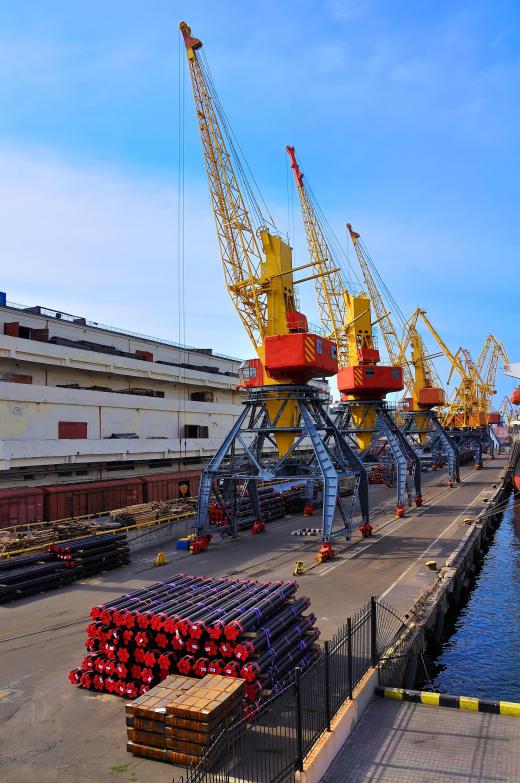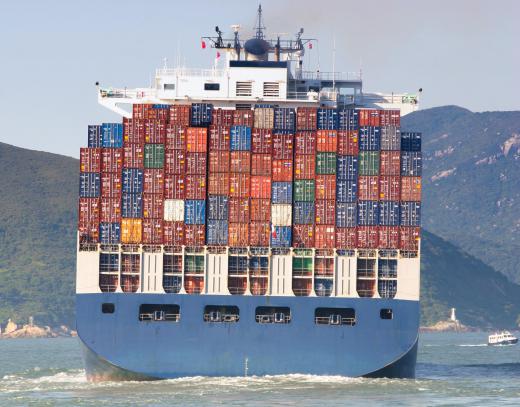Coil chains are made out metal ovals that are linked together to form long chains; the metals are made out of straight iron or steel bars that have been bent in shape and then welded. There are a number of industrial uses for coil chains, particularly for lifting or pulling large weights. A variant of the coil chain is the stud-linked chain. Coil chains have been replaced by wire ropes or cable applications that require more flexibility and tensile strength than what a coil chain can offer.
A coil chain is one of the oldest members of the chain family and is particularly useful for carrying or pulling large weights. When lifting large and heavy objects, the force exerted on the coil chain by gravity is dissipated as a result of the chain’s linked design. The same applies for pulleys; mechanical power exerted by a motor, or a similar source of power, is transmitted through the coil chain without compromising the integrity of its inner strength. Large, steel coil chains can be seen at work at docks where large containers must be moved onto cargo ships. Similar coil chains are also extensively used on cranes at construction sites.

The design of the coil chain can be tweaked a little to give the structure more strength and protection against deformation. A stud-link chain, for example, employs an extra bar or stud across the length of each link. These bars give the coil chain additional strength and protect it from common chain-related deformations like kinking, which is the extreme twisting of chain links. Stud-link chains are also less susceptible to fouling, a common problem when coil chains are used in aquatic applications. This is why stud-link chains are widely used in ship anchors and other seaworthy equipment.

There are a number of new synthetic materials that have been developed whose properties rival those of age-old metals like iron and steel. For heavy-duty applications, the tried and tested coil chain is often preferred over cables or wire rope made out of synthetic polymers. New-age materials are becoming increasingly popular, however, in applications where flexibility and lightness are more of a priority than pure strength. Still, the coil chain will most likely continue to be used in various areas.
